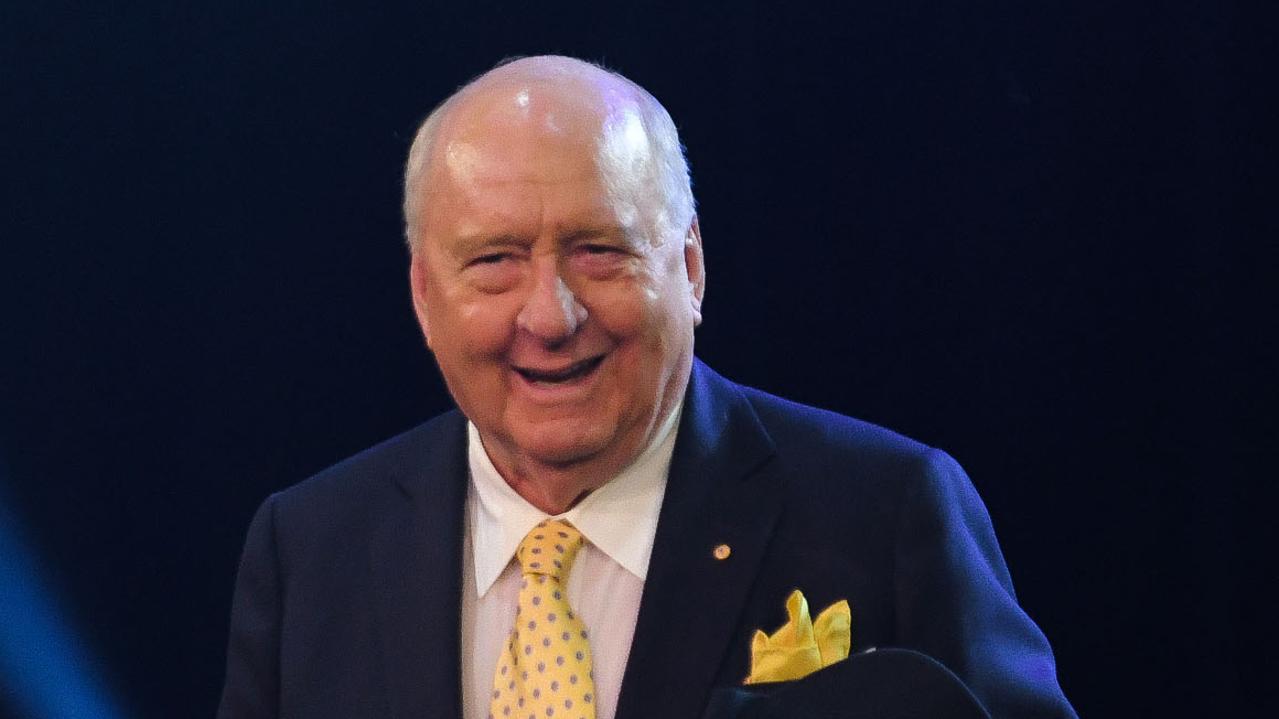Baby Boomers live large as young Aussies sucked down black hole
One section of Australian society is virtually untouched by inflation and rate rises – in fact, these people are most likely benefiting.

ANALYSIS
Australian workers are getting reamed by personal income taxes, CBA analysis of Stage 3 tax cuts highlights.
As shown in the next chart, the quarterly amount of income tax payable soared by a whopping 23.4 per cent in the year to September 2023 (latest available data).
But over the same period, total gross household income grew by a much lower 7.5 per cent:
The divergence between tax paid and earnings meant the share of aggregate household income lost in personal taxes soared to an equal record high in September 2023:
Worse, even after the Stage 3 tax cuts, the share of income that will be lost to personal taxes is forecast by CBA to be higher in Q3 2024 and would continue to rise as inflation drags households into higher tax brackets (i.e. “bracket creep”).
The rise in income taxes has occurred alongside surging mortgage repayments and rents, which combined are hammering working households:
The most recent cost of living indices from the Australian Bureau of Statistics (ABS) shows that employee households experienced a 6.9 per cent increase in their cost of living in 2023, well above the CPI inflation rate of 4.1 per cent:
By contrast, the cost of living for self-funded retirees rose by slightly less than CPI inflation.
The ABS attributed the oversized increase in employee cost of living to mortgage interest charges, which rose more than 40 per cent over the year and “makes up a higher proportion of expenditure for employee households”.
The combination of soaring mortgage and rental payments, alongside rising personal income taxes, helped drive the record 6 per cent decline in real household disposable incomes in the year to September 2023:
The big exception is homeowning retirees, who have been insulated from the soaring mortgage repayments, rents and personal income taxes.
These retirees also accumulated an extraordinary $160 billion war chest of savings over the pandemic, courtesy of the various stimulus packages from the government, alongside reduced spending during lockdowns.
By contrast, younger Australians aged under 45 saw their savings decline, with those households in the key home-buying and child-raising demographic of 35 to 44 most badly impacted.
Since Baby Boomer retirees have the highest rate of home ownership in the nation (most without a mortgage), they have also enjoyed the largest rise in wealth since the start of the pandemic.
Roy Morgan’s Wealth Report 2023 revealed that Australia’s wealth increased by 7.0 per cent between March 2020 (pre-Covid) and March 2023.
This wealth increase was driven primarily by the rising value of owner-occupied homes, which increased by 43.2 per cent, from $4.16 trillion to $5.95 trillion.
Half of the population – primarily homeowners – account for 95.4 per cent of Australia’s net wealth.
The lowest half of the population – primarily renters – also saw their wealth share rise, but only from 3.6 per cent to 4.6 per cent.
There are three Australias
1. The 4.35 per cent of interest rate hikes from the Reserve Bank of Australia directly impact around one-third of owner-occupier mortgage-holding households, especially generation Xers and Millennials with young children.
They have seen their mortgage repayments rise by more than 50 per cent at the same time as their disposable incomes have been eroded at the fastest rate on record due to inflation and higher cost-of-living.
Australians aged under 35 are also earning less in real terms than they did in 2008.
2. Another one-third of (mainly young) renting households are being hit hard by rapid rent rises, as well as declining real wages, which is reducing their discretionary income.
3. At the other end of the spectrum are the older generations, led by the baby boomers.
They mostly own their homes outright and are largely unaffected by rising mortgage rates or rent increases.
Some baby boomers are even benefiting from soaring rents, as they own a large chunk of the nation’s investment properties (many mortgage-free).
Most do not work; therefore, they are unaffected by the surge in income tax payments and bracket creep.
Australians on the aged pension also have their payments linked to inflation (unlike workers’ wages), meaning their purchasing power was maintained as prices rose.
Older Australians have spent big, while younger Australians cut back
According to an analysis of seven million CBA customers’ purchasing habits, Australians aged 70 years and above spent more than CPI inflation in the year to September 2023.
By contrast, younger Australians aged under 40 cut back their spending in absolute terms, whereas Australians aged between 40 and 69 spent less than CPI inflation, with spending falling more the younger the household.
Australia desperately needs broadbased tax reform
The above data highlights why Australia desperately needs tax reform that broadens the base away from productive effort (taxing work) and towards more efficient sources such as resources, land, and consumption.
It is unsustainable, inefficient, and inequitable for Australia’s tax system to be so reliant on a shrinking share of workers while the proportion of taxes coming from indirect sources (e.g., GST and fuel excise) declines.
This is especially true considering that the older generation is growing and paying less tax than ever before, despite holding most of the nation’s wealth.
Leith van Onselen is co-founder of MacroBusiness.com.au and Chief Economist at the MB Fund and MB Super. Leith has previously worked at the Australian Treasury, Victorian Treasury and Goldman Sachs.





